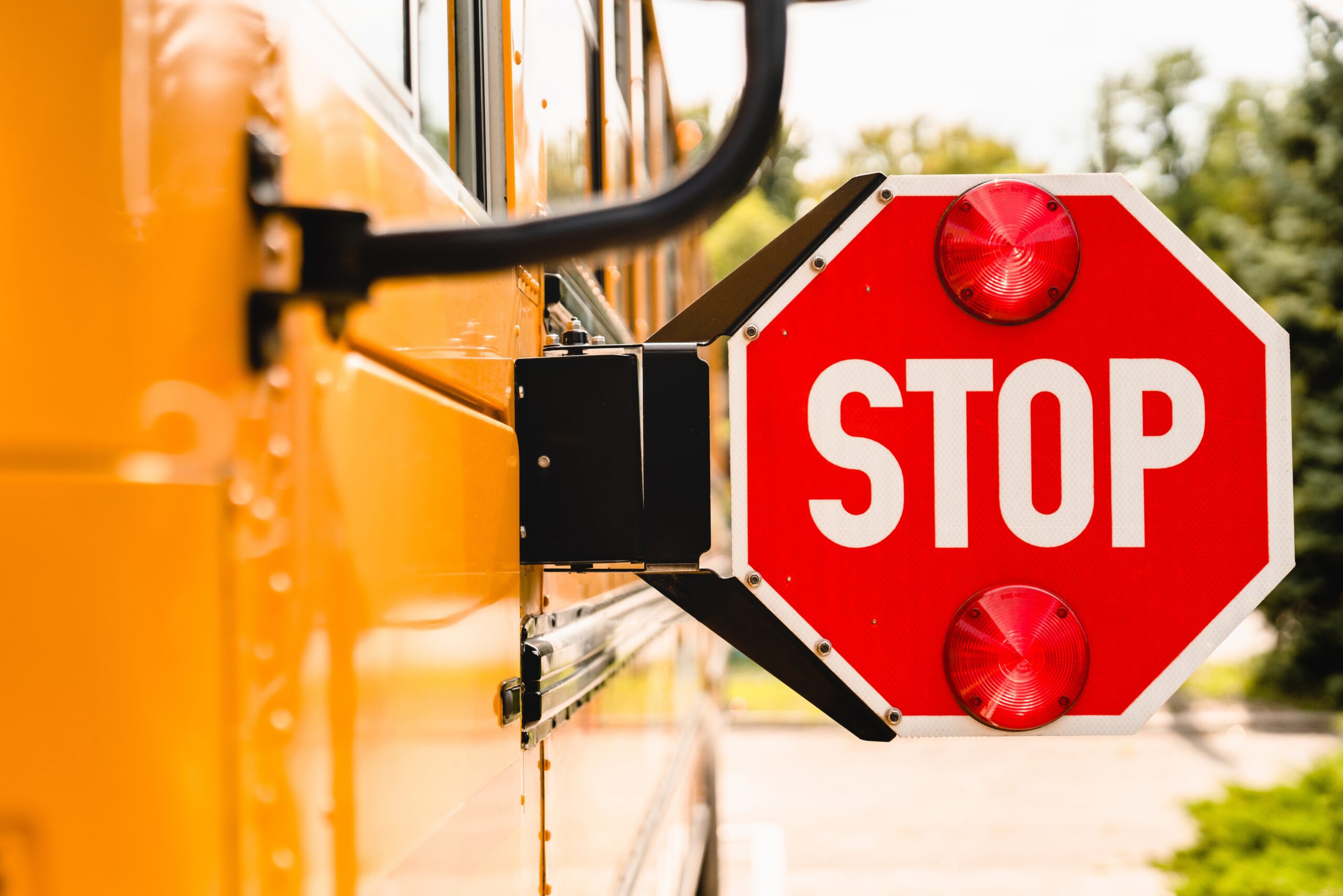
As we approach National Bike & Roll to School Day on May 3, it’s a timely reminder to discuss the robust rules Florida enforces to ensure the safety of children commuting to and from school. With an expected increase in young pedestrians and cyclists that day, understanding and respecting these rules is crucial for every driver, resident or visitor alike.
School Zones
In Florida, school zones are clearly marked areas around schools where drivers are required to reduce their speed and heighten their vigilance. The standard speed limit is 15 miles per hour, though this can vary, so it’s essential to watch for local speed limit signs. Beyond speed restrictions, certain actions like passing other vehicles and making U-turns are prohibited to prevent accidents. Since children may not always be mindful of the road’s dangers, driving attentively is imperative. It’s also important to use turn signals consistently, especially when maneuvering into school parking lots.
Florida Statute 316.306 prohibits the use of handheld communication devices in active school zones or crossings unless they’re operated in a hands-free mode, emphasizing the need for drivers’ full attention.
Protect Your Family After a School-Zone Incident
If you or your child were harmed near a school zone or bus stop, our team is here to guide you through your rights and next steps. Get the support you need from attorneys who understand Florida’s strict safety laws.
Bus Stops
The area around school bus stops is another zone where vigilance is mandatory. State law demands that drivers stop when a school bus is displaying its stop sign and flashing red lights, regardless of the direction from which the driver is approaching—unless there’s a divided highway with a physical barrier in between. This rule is critical as children may enter or exit the bus unexpectedly. Never attempt to pass a stopped school bus on a two-lane road.
Legal Repercussions
Ignoring these safety regulations can lead to severe consequences. For instance, failing to stop for a school bus can result in a moving violation citation, a mandate to complete a basic Driver Improvement Course, points on your driver’s license, and substantial fines—increased significantly if the pass occurs on the side where children enter and exit the bus.
In tragic cases like that of Cameron Mayhew, who was fatally struck by a motorist disregarding a stopped school bus in 2016, Florida passed the Cameron Mayhew Act to impose stricter penalties. Now, violators can face community service hours in trauma centers, participate in victim’s impact panel sessions, and even have their driver’s license suspended for at least a year.
Community Responsibility
It’s vital for all of us, as members of the community, to adhere strictly to these guidelines. When we’re driving near schools or bus stops, slowing down and staying alert goes a long way in keeping children safe. Whether you’re a parent, a daily commuter, or just passing through, your cautious driving ensures that our roads are safer for everyone, especially the younger members of our communities.
If you find yourself affected by an incident involving these zones, or if you need more information on your rights and the regulations, seeking legal advice can help you understand the best steps forward. Together, let’s commit to making the roads safer for our children, not just on special observance days, but every day.